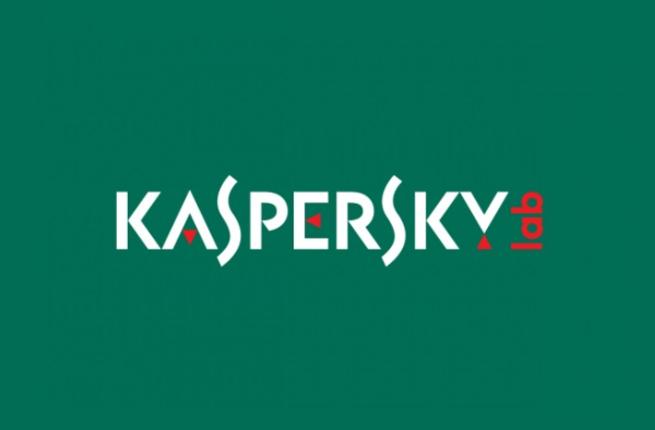Kaspersky Lab’s latest report – ‘Spam and Phishing in Q3 2015’ reveals the latest spam and phishing trends across the globe. The report shows that although the percentage of spam in email traffic has decreased since Q2, spam is using an increasing variety of tactics to deceive recipients and bypass email filters.
The report shows that in Q3 of 2015, spam accounted for 54.2 per cent of email traffic, a 0.8 per cent drop from the previous quarter. The top three sources of spam are unveiled in the report as: the US (15.3 per cent), Vietnam (8.4 per cent) and China (7.2 per cent).
A new phishing email trick became popular in Q3. In order to bypass spam filters, the text of the email and fraudulent links were placed in an attached PDF document rather than in the message body.
Exploiting the summer holiday season, fake notifications from booking services, airlines and hotels were used to spread malicious programs such as Trojan-Downloader.JS.Agent.hhy, disguised as a flight e-ticket or hotel reservation. Another type of spam email offered a selection of brides (mainly from Russia and Ukraine) to foreign suitors. After replying, targets were sent further spam emails and some ‘brides’ asked for money to visit their ‘suitors’.
Tatyana Shcherbakova, Antispam Analyst, Kaspersky Lab said, “During the third quarter of 2015 we saw spammers exploit the summer holiday season and the lonely. A variety of tactics were used – from sending fake notifications on behalf of hotels, to sending fraudulent links in PDF attachments, and requests for money to lonely ‘suiters’. With this variety of tactics expanding, it’s vital that users protect themselves online with the latest cybersecurity tools.”
Malicious attachments in email
As in Q2, the fake HTML page Trojan-Spy.HTML.Fraud.gen once again topped the rating of malicious programs sent by email. Its emails lure targets by imitating an important notification from a commercial bank, airline or online store.
Countries targeted by malicious mailshots
There were some significant changes in the top three countries targeted by mailshots in Q3 2015. Germany (18.47 per cent) remained on top, although its contribution dropped by 1.12 per cent. since Q2. The amount of malicious spam originating from Brazil almost doubled in Q3 compared to Q2, putting Brazil in second place (11.7 per cent). Russia moved quickly up the ranks from fifth to third place (7.56 per cent), as its share grew by 2.82 per cent. The UK (4.56 per cent), which was second in Q2, ended Q3 in sixth place.
Sources of spam by country
The US remained the biggest source of spam in Q3, with 15.34 per cent of spam originating from there. Vietnam was second with 8.42 per cent, compared to 3.38 per cent in the previous quarter. China rounded off the top three (7.15 per cent), with its share remaining unchanged from the previous quarter.
Russia, which was in second position in Q2, dropped its share 2.03 per cent to 5.79 per cent, pushing it to fourth position. It was followed by Germany (4.39 per cent) and France (3.32 per cent), both of which changed only slightly since Q2.
Phishing
In Q3 2015, the Kaspersky Lab Anti-Phishing system was triggered 36,300,537 times on the computers of Kaspersky Lab users. This is 6 million times more than during the previous quarter. During the quarter, 839,672 phishing wildcards were added to Kaspersky Lab databases.
The proportion of spam in email traffic
After some relatively stable months in the second quarter, there were some shifts in the percentage of spam in global email traffic. Matching the summer holiday season, an increase in spam during July and August 2015 was followed by a noticeable drop in September. As a result, the average percentage of spam in Q3 amounted to 54.19 per cent, slightly higher than the average for the previous quarter.
[su_box title=”About Kaspersky Lab” style=”noise” box_color=”#336588″] Kaspersky Lab is one of the world’s fastest-growing cybersecurity companies and the largest that is privately-owned. The company is ranked among the world’s top four vendors of security solutions for endpoint users (IDC, 2014). Since 1997 Kaspersky Lab has been an innovator in cybersecurity and provides effective digital security solutions and threat intelligence for large enterprises, SMBs and consumers. Kaspersky Lab is an international company, operating in almost 200 countries and territories across the globe, providing protection for over 400 million users worldwide.[/su_box]
Kaspersky Lab is one of the world’s fastest-growing cybersecurity companies and the largest that is privately-owned. The company is ranked among the world’s top four vendors of security solutions for endpoint users (IDC, 2014). Since 1997 Kaspersky Lab has been an innovator in cybersecurity and provides effective digital security solutions and threat intelligence for large enterprises, SMBs and consumers. Kaspersky Lab is an international company, operating in almost 200 countries and territories across the globe, providing protection for over 400 million users worldwide.[/su_box]
The opinions expressed in this post belongs to the individual contributors and do not necessarily reflect the views of Information Security Buzz.



